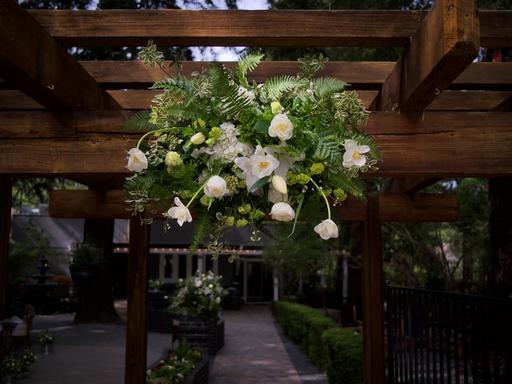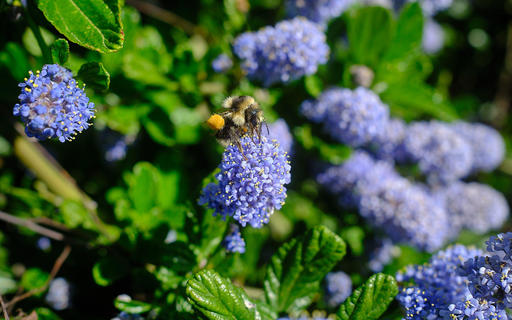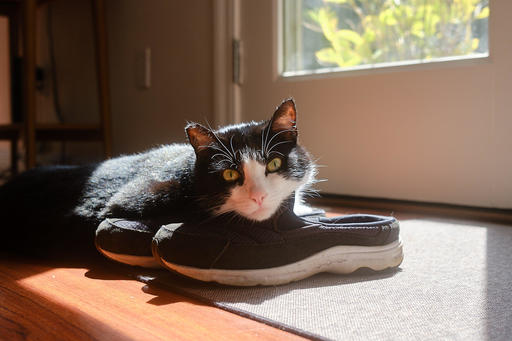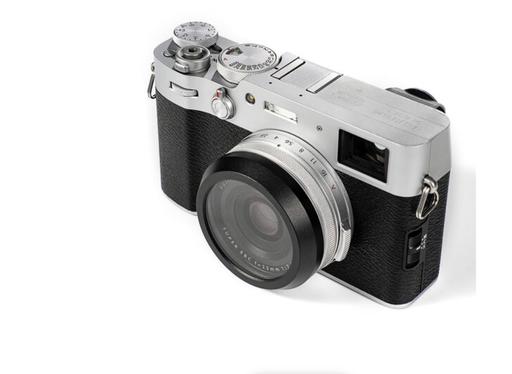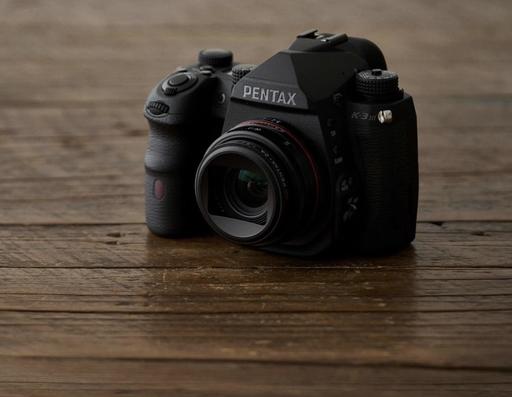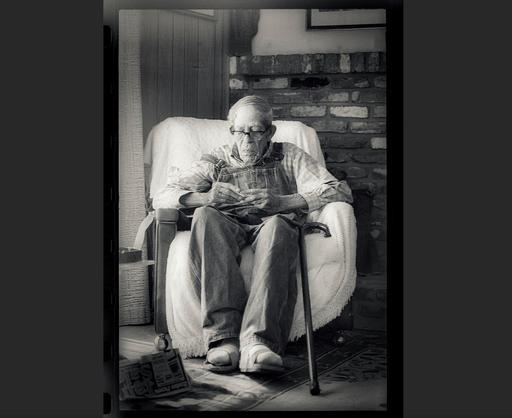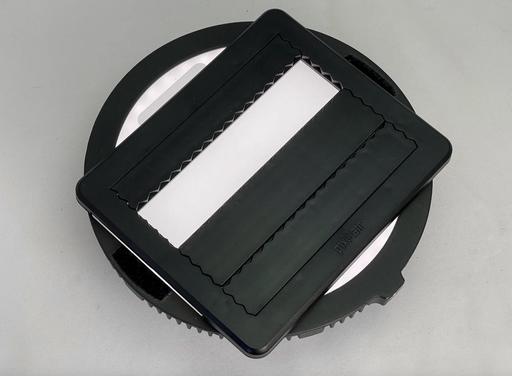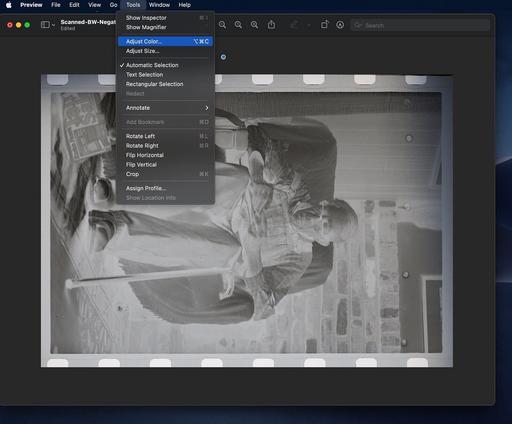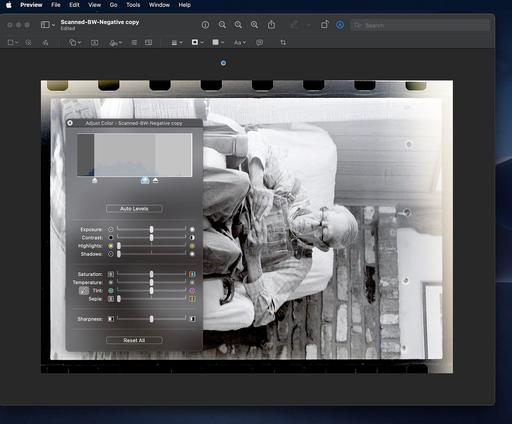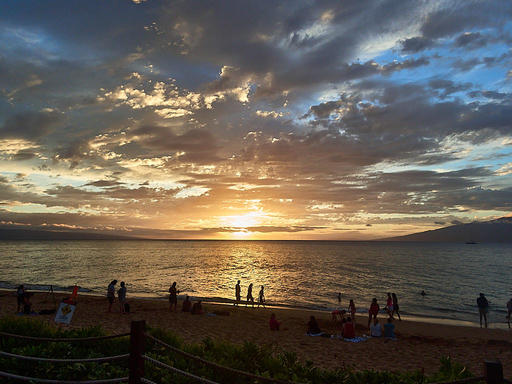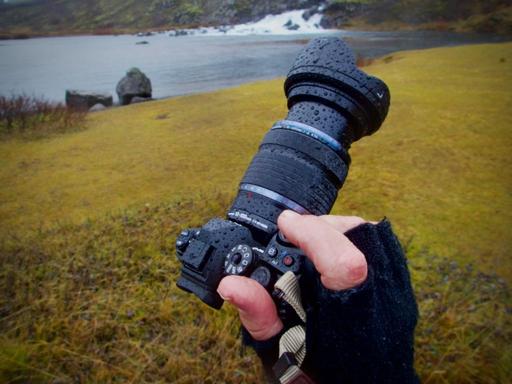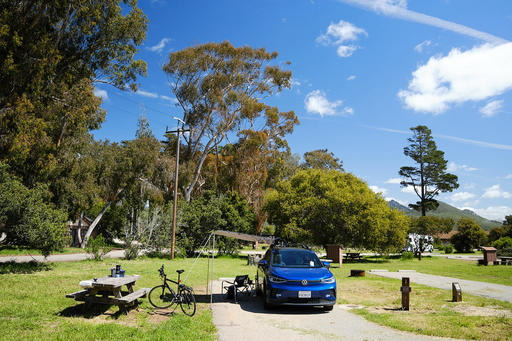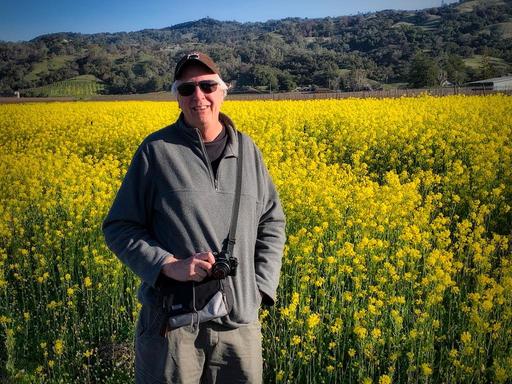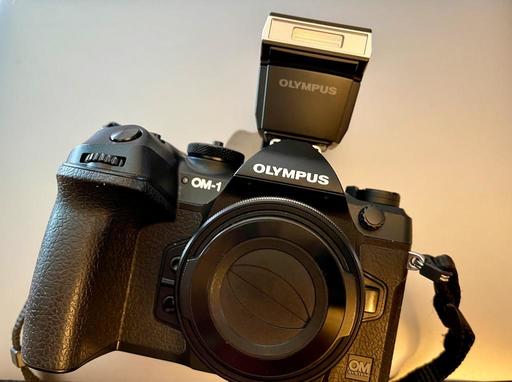This is The Digital Story Podcast #893, May 2, 2023. Today's theme is "Wedding Photography Makes You Better at Everything." I'm Derrick Story.
Opening Monologue
It's time of year when the flowers are blooming and the weddings are booming. And chances are that at some point you will be asked to photograph someone's nuptials. Should you immediately disregard the request? Maybe pretend that you didn't get the email? I say think twice before declining. Weddings can make you a better photographer. I'll explain why on today's TDS Photography Podcast. I hope you enjoy the show.
Tune-In Via Your Favorite Podcast App!
Apple Podcasts -- Spotify Podcasts -- Stitcher
Podbean Podcasts -- Podbay FM -- Tune In
Wedding Photography Makes You Better at Everything
Back story on my own wedding history.
Here are five ways that I think weddings make you a better photographer.
- Weddings encompass a variety of photography challenges - To successfully shoot a wedding you need to capture: closeups of flowers and place settings, portraits of bride and groom, group shots of entire family, establishing shots, flash photography, action shots, and more.
- Weddings force you to interact - Unlike putting the camera on a tripod at sunset, you must interact, and sometimes negotiate, with others at weddings.
- Weddings help you master your camera - You'll need to be able to change WB, adjust flash, lower shutter speeds, change depth of field, and possibly even switch to video mode - and quickly.
- Weddings force you to think about how much gear you actually need - Unless you want to lug around 50 pounds of equipment for 8 hours, you need to think about what you really need, and what you don't.
- Weddings improve your post-processing speed - You'll discover that you have thousands of images to cull, many of them similar in nature. And most likely you'll have an anxious couple waiting for your selects.
If you shoot a wedding or two early in the season, you will be ready for any type of event photography, sports, portraits, and macro. Plus you might make enough to by a new lens.
Vintage digital cameras you should actually buy
You can read the entire article on AmateurPhotographer.com.
By not being as truly perfect as modern cameras and smartphones, they have become the obvious choice to some people for creative and fun photography. The icing on the cake being that you can sometimes find them for a bargain price.
Fujifilm F10 (and subsequent 6MP models)
Ricoh GR Digital (and subsequent) - non-APS-C version
Olympus C-750 / C-765
Canon Powershot S90/S95
Sigma DP1/DP1s/DP1x
Sony Cyber-shot R1
Olympus PEN E-P1
Leica Digilux 2
Casio Exilim S100
Contax i4r
Lego Camera
This Week on Live View
"Kodachrome in Black and White - iPhone Photography in Kodachrome Basin State Park, Utah" by Cynthia Wehlan; "Beyond Black and White" by Derrick Story.
Cynthia writes: "In 1948, a National Geographic Society expedition passed through here and named the area Kodachrome Flat. In 1963, the state of Utah acquired the land from the U.S. Bureau of Land Management and established a state reserve. After securing permission to use the name Kodachrome, a popular color photographic film from the Eastman Kodak Co., the reserve was called Kodachrome Basin State Park."?-?Utah State Department of Natural Resources." So what does she do? She pulls out her iPhone and begins shooting in B&W.
If you check out our publication and appreciate what you see, be sure to follow us and clap for those authors. You can find us at medium.com/live-view.
If you're interested in writing for Live View, drop me a line at dstory@gmail.com.
Leica launches two new watches inspired by the Leica M11 Monochrom
You can read the entire article DigitalCameraWorld.com.
The Leica Watch collection consists of two models - both with the mechanical, hand-wound movement developed and produced in-house - the Leica ZM 1 and Leica ZM 2, which are now available in the new Monochrom Edition.
Following the holistic view of the Leica product portfolio, the ZM in the name stands for "Zeitmesser" - which is the German descriptive word for an instrument that measures and displays time (not a clock).
Following the success of the latter series of Leica Watches that were launched in 2022, the ZM collection is now available in 25 Leica stores worldwide including the USA, UK, Australia, Germany, Switzerland, Austria, France, Spain, Portugal, China, Japan, Singapore, Korea, Hong Kong and the United Arab Emirates.
The recommended retail price starts at £9,900 (approximately $12,400 / AU$18,800) for the Leica ZM 1 Monochrom and £13,300 ($16,700 / AU$25,300) for the Leica ZM 2 Monochrom.
Virtual Camera Club News
The Nimble Photographer Newsletter is now publishing every Thursday. Readers will enjoy a variety of content spanning from short photo essays, to commentary on weekly events, to reviews of the latest and coolest photo gear.
TDS Workshops! - You can sign up for available workshops by visiting The Nimble Photographer. Inner Circle Members receive a 10-percent discount on all events.
Inner Circle Members: A big thanks to those who support our podcast and our efforts! We are having a blast at our new Inner Circle hangout, the private group I've set up at DerrickStoryOnline. We'd love it if you join us. You can become an Inner Circle Member by signing up at our Patreon site. You will automatically be added to the new hangout.
My Writing on Medium.com: I now have 90 published articles on Medium.com. And if you haven't visited the site, and enjoy good writing on a variety of topics, I suggest that you may want to take a look. You can just go to the home page and enter "Derrick Story" in the search field. And if you like what you read, then follow me!
The New Donation Kit for Carefree Shipping of Found Film Cameras - If you've discovered a film camera that's no longer being used, our new Donation Kit makes it easy to pack and ship. Just visit the Contact Form on thenimblephotographer.com, click the box next to Donating a Film Camera, and let me know what you have. In your note, be sure to include your shipping address.
Affiliate Links - The links to some products in this podcast contain an affiliate code that credits The Digital Story for any purchases made from B&H Photo and Amazon via that click-through. Depending on the purchase, we may receive some financial compensation.
Red River Paper - And finally, be sure to visit our friends at Red River Paper for all of your inkjet supply needs.
See you next week!
You can share your thoughts at the TDS Facebook page, where I'll post this story for discussion.
